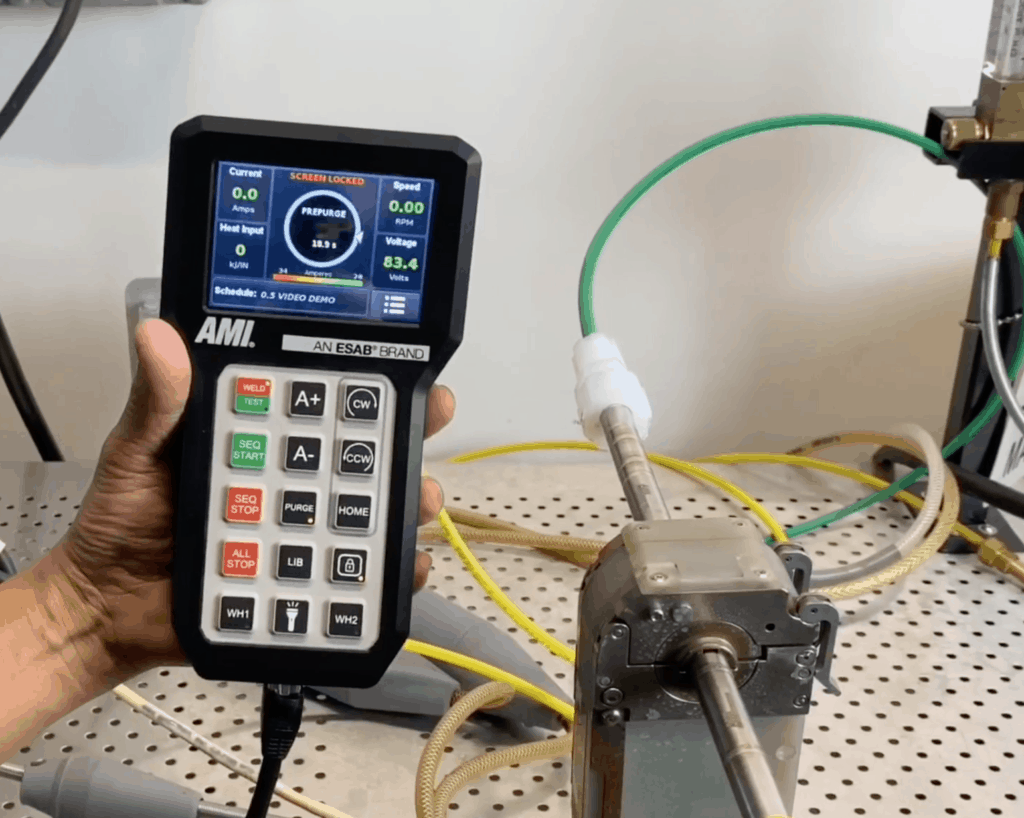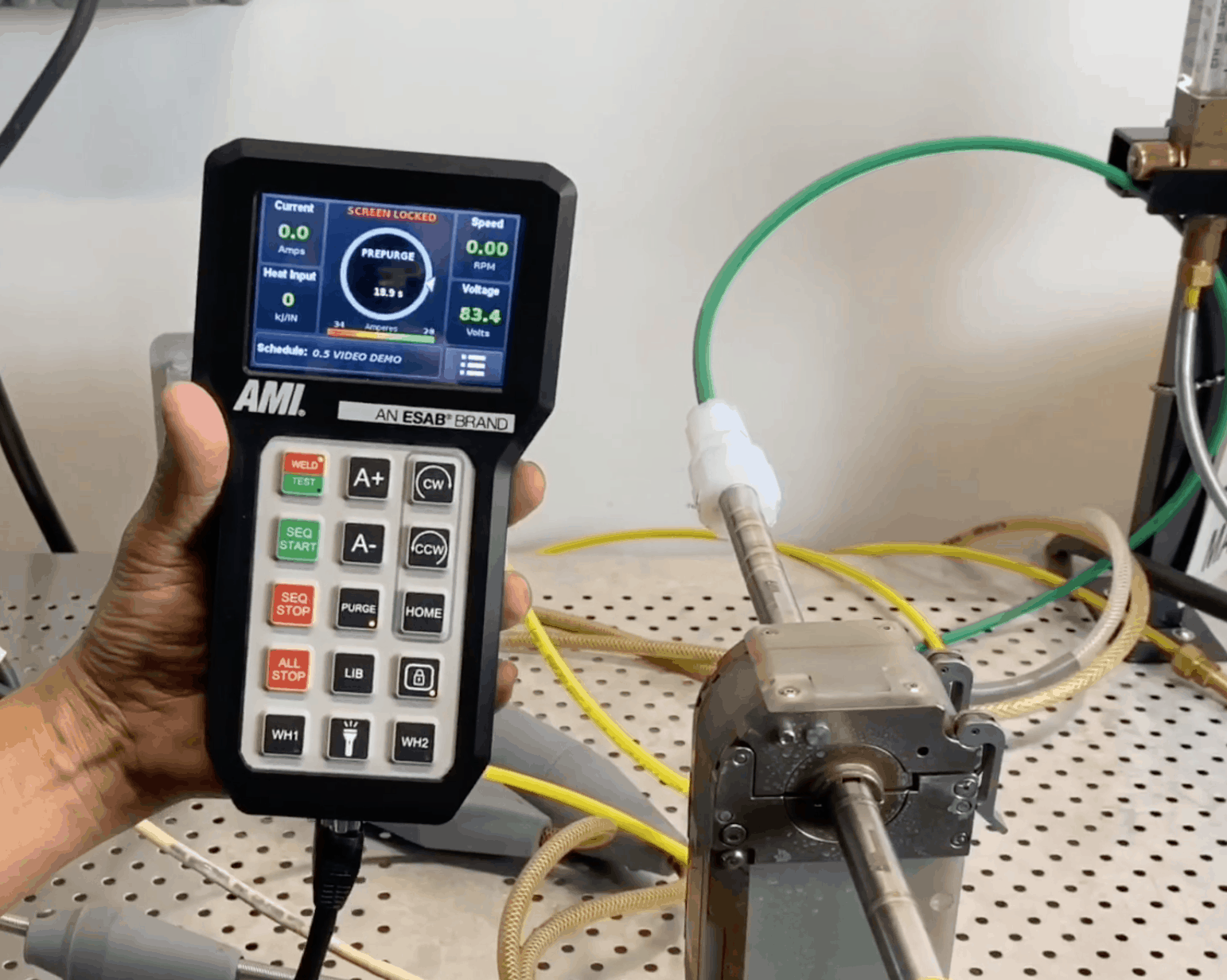
Most people agree that it is better to build than to destroy, better to unite than to divide. Unfortunately, it’s often easier to tear a structure apart than to join its components together. Thankfully, dedicated welders can step in and assemble varied metal components to create stronger, more useful structures.
The fusion welding process enables welders to fulfill their essential assembly work. “Fusion” is formally defined by Merriam Webster as “a union by or as if by melting; such as a melting of diverse, distinct or separate elements into a unified whole.” And this definition could likewise stand in as a succinct, if general, description of fusion welding. In this article we’ll seek a deeper understanding of the fusion welding process and examine important aspects that enable this welding technique to be successfully employed for industrial assembly of metal structures, such as piping and tubing.
What is Fusion Welding?
Before discussing fusion welding, it is useful to gain some perspective on the significance of welding throughout recorded human history. While a specific origin date cannot be pinpointed, many historians think that welding began around 4000 BC in Egypt. However, the term, “weld,” did not arrive until much later—in approximately 1600 AD. Following its arrival, major advances continued to improve the process of forging metals. Finally, in 1881 fusion welding was born when Sir Auguste de Meritens, a French scientist, used an arc to join two metal plates together. Likewise, around this time essential elements like acetylene gas, the blow torch, and the metal electrode had been discovered or invented. Everything was in place for the subsequent advances in fusion welding technology.
What are the Types of Fusion Welding?
Ask anyone—including welding industry professionals—to name different types of fusion welding, and you will likely receive a short list of commonly used techniques. Unfortunately, a brief list would be woefully incomplete, as the figure below illustrates.
There are more than twenty fusion welding processes recognized by the American Welding Society (AWS). These processes might best be distinguished by the heat source, which is the basis for all fusion welding processes. Additionally, fusion welding can be categorized according to one of the following types: homogeneous—where the filler material of the weld is the same as the base material of the two metals being joined; heterogeneous—where the filler material does not match the base material; and autogenous—where the weld contains no filler material. For each of the many kinds of fusion welding, welders can find specific guidelines and tips for producing the best welds. However, there are some general considerations discussed below that you should keep in mind when using a fusion welding process for industrial applications.
How is the Fusion Welding Process Implemented in Industry?
Fusion welding is used for everything from artwork to aerospace. The following list includes many industrial applications.
Industrial Uses of Fusion Welding
- Construction
- Biopharmaceuticals
- Food processing
- Water supply and sanitation
- Aircraft
- Automobiles
- Shipbuilding
- Power generation plants
Across these wide-ranging industrial applications, fusion welding is often employed to connect pipes and tubes through processes like tube-to-tubesheet welding and pressure vessel welding.
While gas metal arc welding (GMAW), also known as metal inert gas (MIG) welding, shielded metal arc welding (SMAW) and flux cored arc welding (FCAW) are all used for welding pipes and tubes in industrial applications, gas tungsten arc welding (GTAW), also known as tungsten inert gas (TIG) welding, produces the highest quality welds. Industrial applications can present many challenges for welders, including accessibility issues, as well as safety hazards. The best way to overcome these obstacles is to use orbital TIG welding, which automates the fusion welding process and can be performed by a remote control unit.
Arc Machines, Inc. provides high-quality automated orbital GTAW welding equipment and expertise. As an industry leader in advanced welding technology, we are well-equipped to aid in optimizing your fusion welding process. For inquiries regarding products, contact sales@arcmachines.com. For service inquiries, contact service@arcmachines.com. Arc Machines welcomes the opportunity to discuss your specific needs. Contact us to arrange a meeting.





